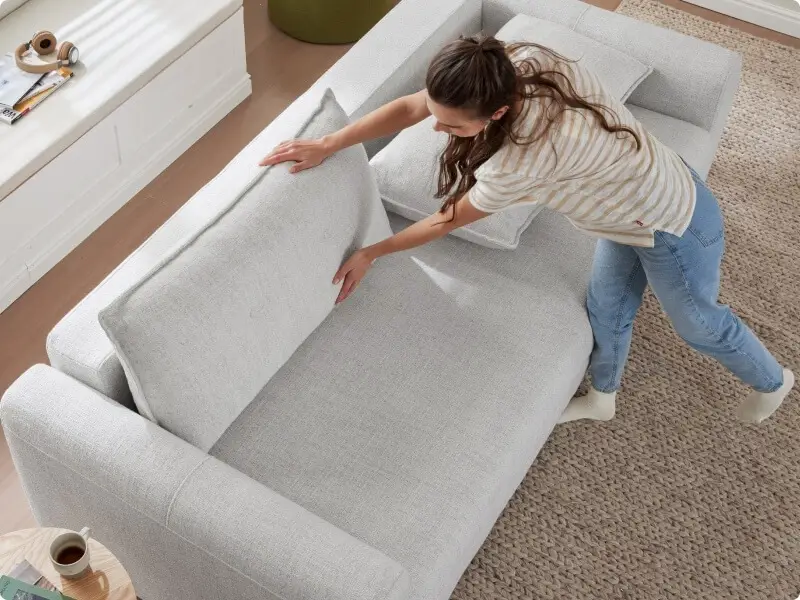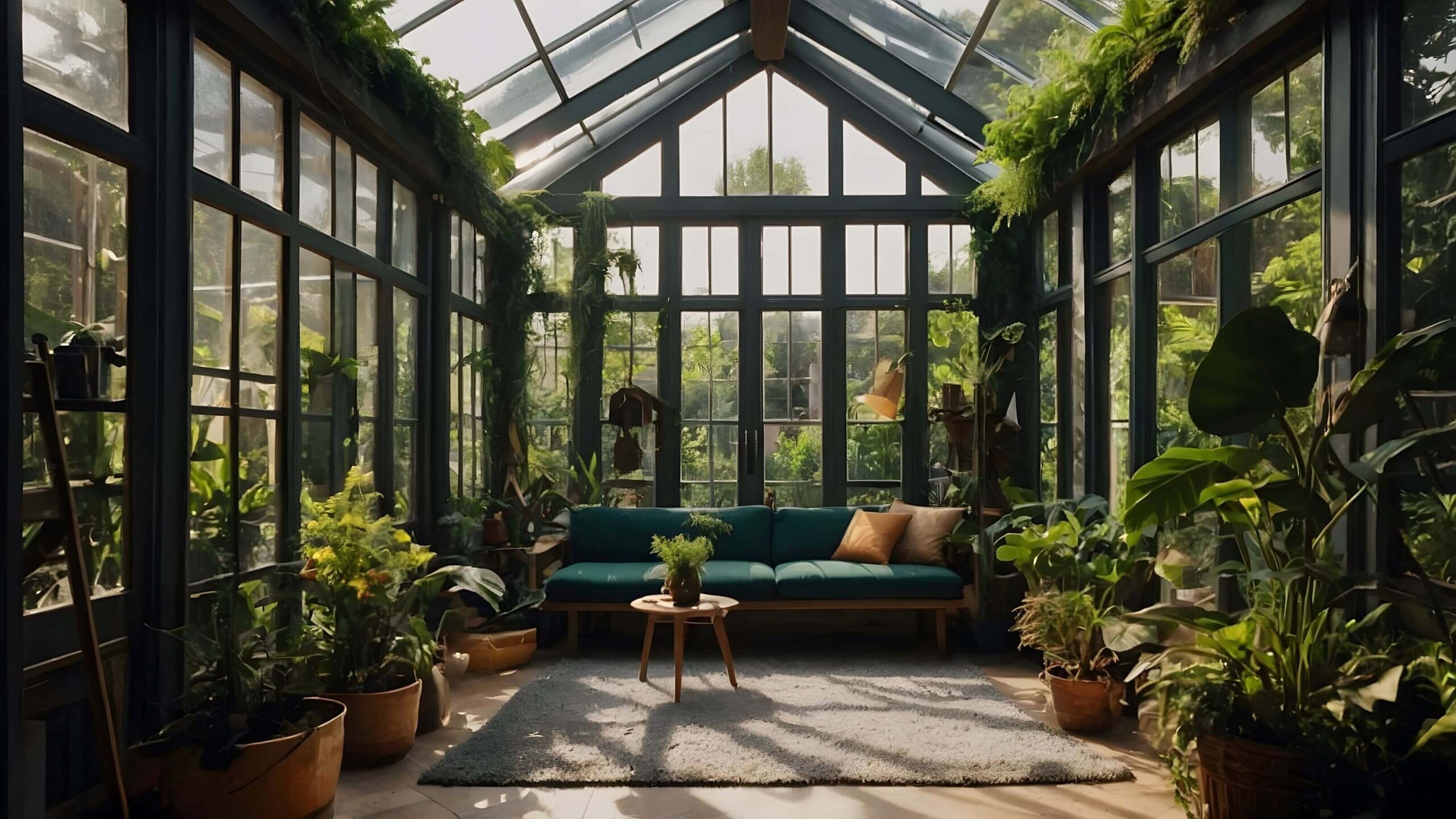Humans are naturally connected to the environment. This is why your living space can shape your moods, thoughts, and well-being. And with the modern world getting more demanding, it’s easy to feel pressured and overwhelmed. It’s understandable to take refuge from constant stimulation, whether at the end of a long day, during a stressful project, or amidst a bustling office or classroom.
But how can we restore tranquility during difficult times or when situations get unbearable? The key is to engage the senses in a calming environment. And while you may need to tweak and personalize your approach depending on the settings, there are core components that remain consistent. Here’s a guide on how to achieve that.
Why Restoring Serenity Matters
Many people associate calming rooms with children with sensory processing disorders and those with emotional regulation difficulties. However, soothing rooms can also serve as dedicated spaces where individuals of all ages and conditions can manage stress.
The need for calming spaces is mounting not only for adults but also for the younger population. In 2023, 34% of millennials rated themselves as experiencing ‘a great deal of stress,’ the highest of any age bracket. Thirty-one percent of the Gen X population also considered themselves highly stressed.
Even young students experience stress. Recent studies indicated that 68% of teens are pressured to get good grades, 33% felt forced to join extracurricular activities, and another 41% unwillingly had to fit in socially. As stress management becomes an essential component in and outside our homes, it pays to know how to create calm spaces where you or anyone can process and reframe difficult emotions.
Creating a Calming Room
The rule of thumb for creating a calming room is that it must not overload your senses. Each component must contribute to a peaceful experience, whether at home or in office spaces and schools.
Increase Tactile Comfort
Incorporate tactile stimuli that provide comfort. Soft textures from a pull out sofa bed could work as a relaxing seating and sleeping solution. Since there are many shops out there, it’s important to find those that offer furniture with high-quality textiles to boost comfort. Adding velvet or linen meditation cushions, soft throw blankets, and plush rugs also enhances coziness.
A calming space for students could also include sensory items like texture balls, quiet fidget toys, and a weighted blanket. Some children could benefit from a rocking chair or bean bag to facilitate gentle movements that reduce tension.

Reduce Visual Clutter
Studies have shown that a chaotic environment can negatively impact a person’s mental health. It may increase stress levels, reduce cognitive performance, and cause negative emotions like irritability and confusion. When your surroundings are free from unnecessary visual clutter and friction, however, your mind can find a much-needed reprieve.
Duplicate the elements of nature indoors by putting potted plants. Use earthy tones, soft blues, and calming greens as paint colors or a white wall as a base. Go easy on overhead lighting and choose natural light whenever possible. Otherwise, place dimmable ambient lighting to evoke softness and warmth.
Functional minimalism, which involves the conscious process of selecting items that support your well-being and daily routines, is key here. Only put calming tools and things that serve a purpose in your safe space. For example, printed mindfulness resources and mobile whiteboards are worthy additions to a chill-out space for staff.
Lower Auditory Noise
Minimize unwanted noise by placing rugs and curtains. Soundproofing solutions work best, but can be costly. Budget options include using headphones for music and improving auditory ambiance via nature soundscapes.
What Smells Good, Feels Good
Ever wondered why smelling your mom’s home-cooked meal always makes you feel loved? That’s because our sense of smell is linked to emotion and memory. Gentle scents, like lavender, peppermint, and chamomile, can stir positive emotions. Fresh air and proper ventilation can also help clear one’s head. Nevertheless, it’s best to avoid strong and artificial scents that generate undesirable effects.
Your journey to a calmer living space starts with the right mindset. It’s easier said than done, but not impossible. However, note that chronic stress, when left unaddressed, can lead to bigger problems. Consult with a mental health professional or seek psychological treatment if self-soothing measures don’t work and you feel like harming yourself or other people.
Closing Words
You don’t need to stick to cookie-cutter solutions when creating calming rooms. As mentioned, every setting requires a different approach. You’ll never go wrong so long as you know the elements that bring peace to humans in general, and they involve managing sensory stimuli.
We’ve discussed the main components to prioritize, and it’s up to you to adapt them to your specific environment. Don’t expect to master everything in one go. Without professional advice, it could take time, and sometimes, several attempts to transform any living space into a sanctuary during overwhelming times. Once you’ve built one, though, you’ll become more resilient and capable of tackling life’s challenges head-on.






